Maximizing Collaboration: Unleashing the Power of Interoperability in Zoom Rooms
Discover how to achieve seamless video conferencing across platforms while standardizing on a single platform
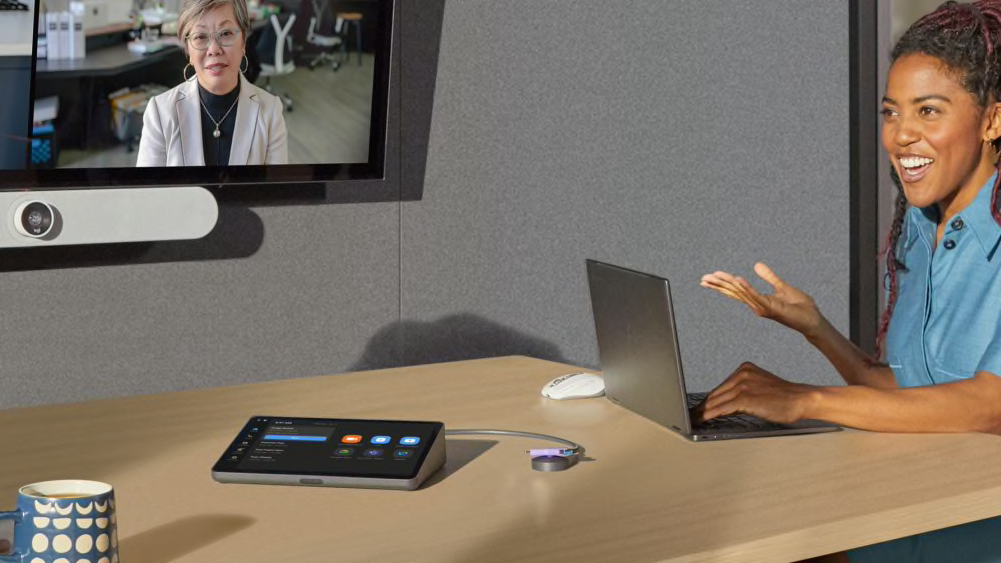
Here’s an increasingly common scenario in offices today. Employees receive a meeting invite from an agency or business partner, and they step into a conference room to take the meeting. The meeting invite is configured for Microsoft Teams, but the meeting room is a Zoom Room. What’s the best way to handle it?
The need for interoperability across video platforms will only increase over time. Teams today are distributed across geographies, time zones, and organizational boundaries. And when different people come together in virtual meetings, it’s likely they will need to use a variety of video conferencing tools.
At the same time, companies have been increasingly standardizing on a single platform, like Zoom. Standardizing offers these benefits:
Simplicity - IT only needs to manage a single meeting platform
Consistency for employees, making it easier and faster for them to schedule, start, and manage meetings
Cost savings — companies can negotiate better pricing on licenses for the enterprise
Integration with other enterprise applications such as calendars, project management tools, and so on
Integration with meeting room hardware, such as scheduling panels, meeting controllers, and other devices
Security — IT can work with the vendor to ensure platform security complies with company restrictions and protocols
So how can you get the best of both worlds? In this article, we’ll discuss how IT administrators can reduce costs and complexity through standardizing on the Zoom platform, while using various options and tools to allow their employees the flexibility to use other video options when needed.
Start with Software: Zoom Interoperability
Zoom offers software-enabled interop for Google Meet, Microsoft Teams, and Webex meetings directly from the Tap interface with no additional equipment required.
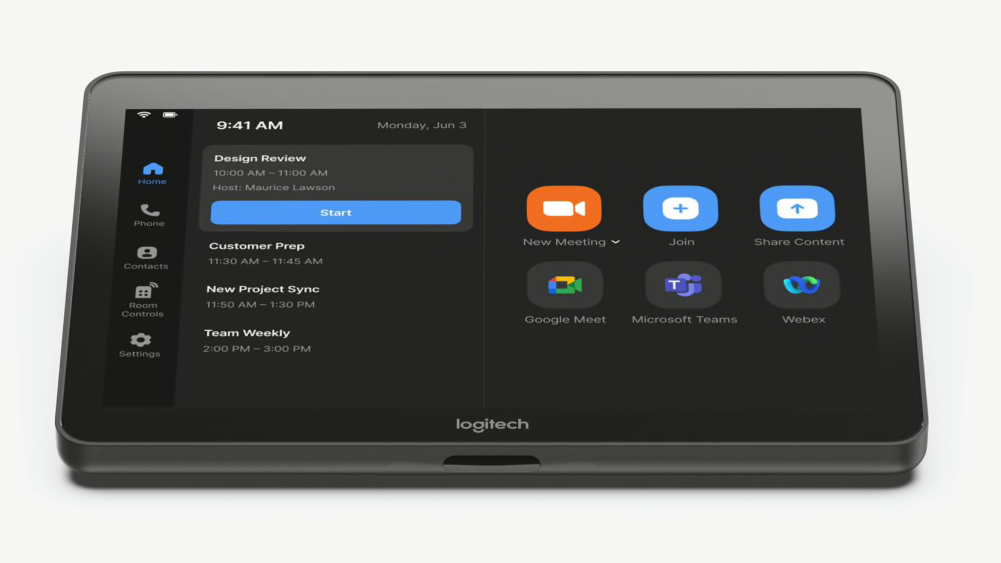
In a Zoom Room with a Tap or Tap IP controller updated to CollabOS 1.8 or later where a meeting is scheduled, the meeting calendar displayed on the Tap screen will also include a link for one-tap join to the third-party platform.
If the meeting isn’t scheduled, simply touch one of the three new buttons (Microsoft Teams, Google Meet, and Webex) that now appear on the Tap interface. Now enter the meeting ID. That’s it.
Zoom Interop is the easiest option on our list. Beyond updating to CollabOS 1.8 or higher, no additional hardware installation, no additional laptops or connections, and no additional user training required since the interop options are located right on the home screen.
Add in Hardware: BYOD Mode and Logitech Swytch
Basic BYOD Mode
Rooms need flexibility. What happens when a user needs to join a meeting that isn’t available through Zoom’s software-based interop?
Perhaps the most basic way to enable this expanded flexibility is to enable employees to use their own laptop to control the meeting; this is known as “bring your own device.” In BYOD mode, the laptop connects directly to the conference room camera and television display, essentially using the room camera like an external webcam.
After a user connects their laptop, Zoom offers a BYOD interface on the Tap controller, automatically offering meeting controls. This feature allows Zoom Device Manager (ZDM) to know the room is still online and functional while in use in BYOD mode.
The advantage of BYOD is that it allows employees to use a system that they’re familiar with (their own computer) while using any video platform.
BYOD Mode Can Present Challenges to Users
BYOD mode isn’t perfect. First, employees need to know how to connect their laptop to the room’s camera and display. They also need to know how to configure display extensions or mirroring on their laptop. Lastly, they need to have both USB and HDMI ports on their laptop. Since newer laptops typically don’t have HDMI inputs, the room needs to have HDMI dongles; depending on the make and mix of your fleet of personal computers, multiple dongles may be required.
This last point about dongles is not insignificant. For one, additional cables and dongles create a messy setup. Worse, dongles are known to walk away from a room, which can lead to calls to the helpdesk and delays in starting a meeting.
Fortunately, Logitech has a tidy solution to these issues.
Logitech Swytch - An Even Better BYOD
Logitech Swytch utilizes a single USB connection from the laptop to switch the control of the display and camera to your laptop when plugged in, then back to the room after it’s removed. It’s a convenient solution that simplifies BYOD and removes the aforementioned issues with BYOD mode.
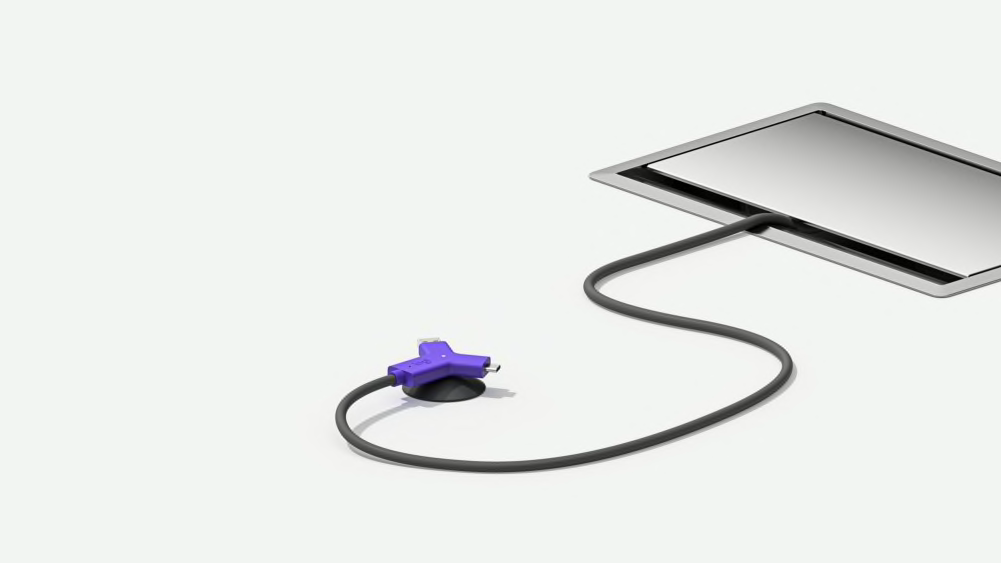
Employees step into a room and simply plug Swytch into any laptop with a USB 3.0 or higher Type A or Type C port. No dongles, splitters, or HDMI required. The laptop runs the meeting, uses the monitor in the room to display video, and processes the video feed from the camera in the room.
A quick note that Swytch uses DisplayLink driver technology to connect laptops to the video system and the room’s monitor. IT administrators implementing Swytch will just need to be sure that this driver is installed on company computers.
Summary: Interop Is Good for Employees, Great for IT
For IT teams looking to provide basic interoperability while standardizing on the Zoom platform, start with software. But in order to enable unlimited flexibility with a simple single-cable solution, we suggest adding a Logitech Swytch.
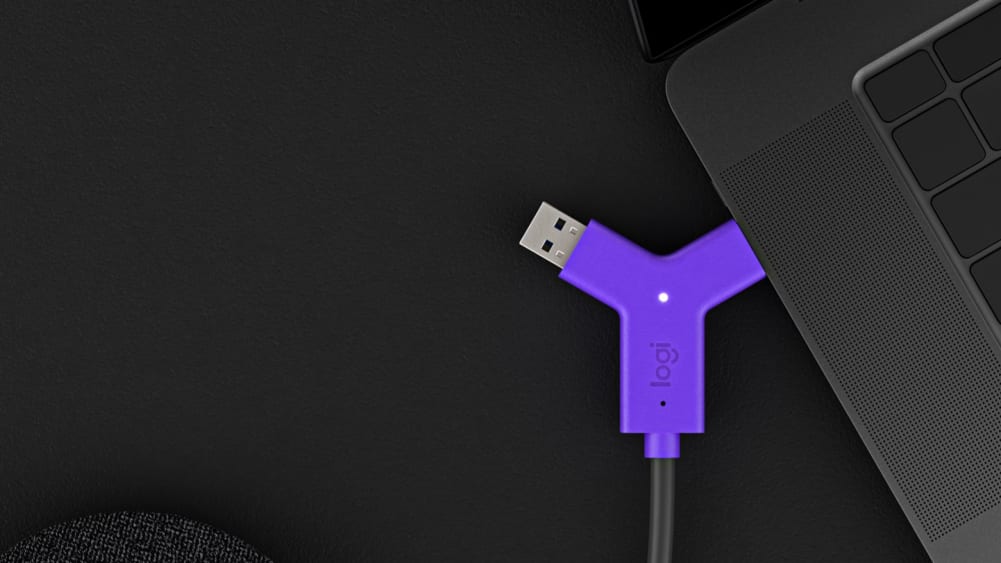
More options for employees to join meetings on other platforms mean they will have fewer limitations for collaborating across distributed teams. More options may also mean fewer calls to IT from employees who can’t figure out how to join meetings on other video platforms.
Combine the power of software interoperability and the versatility of Logitech Swytch today. For more information about Zoom interop on CollabOS, visit our release notes page. For more information about Logitech Swytch, check out our product page.
RECOMMENDED PRODUCTS FOR YOU
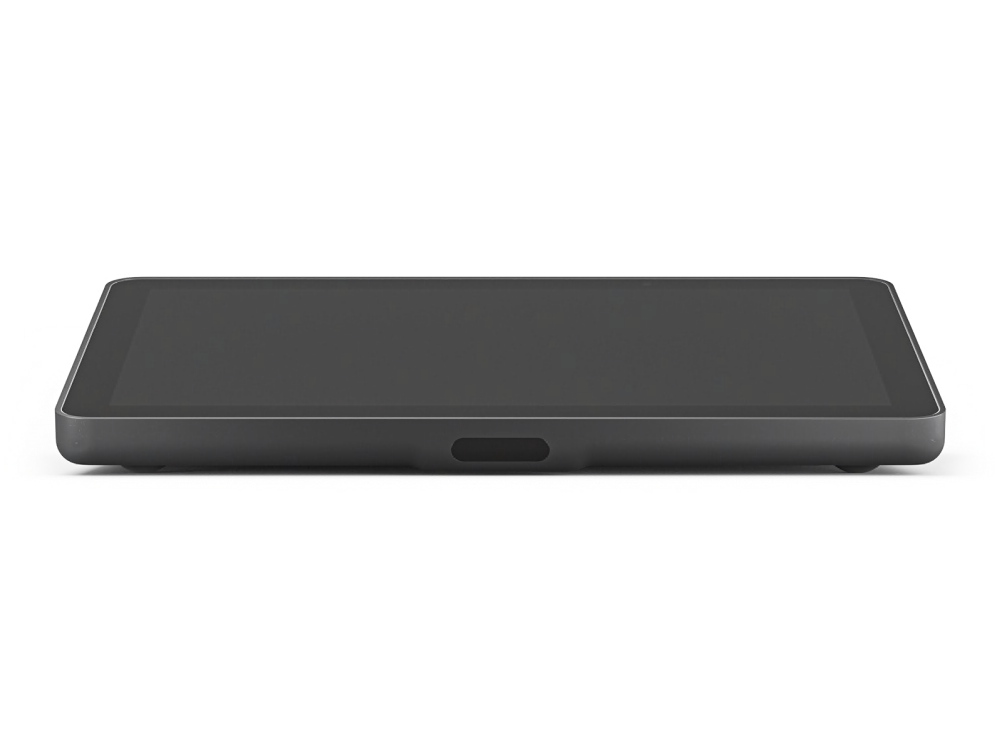
Logitech Tap IP
Touch controller for meetings rooms with PoE connectivity
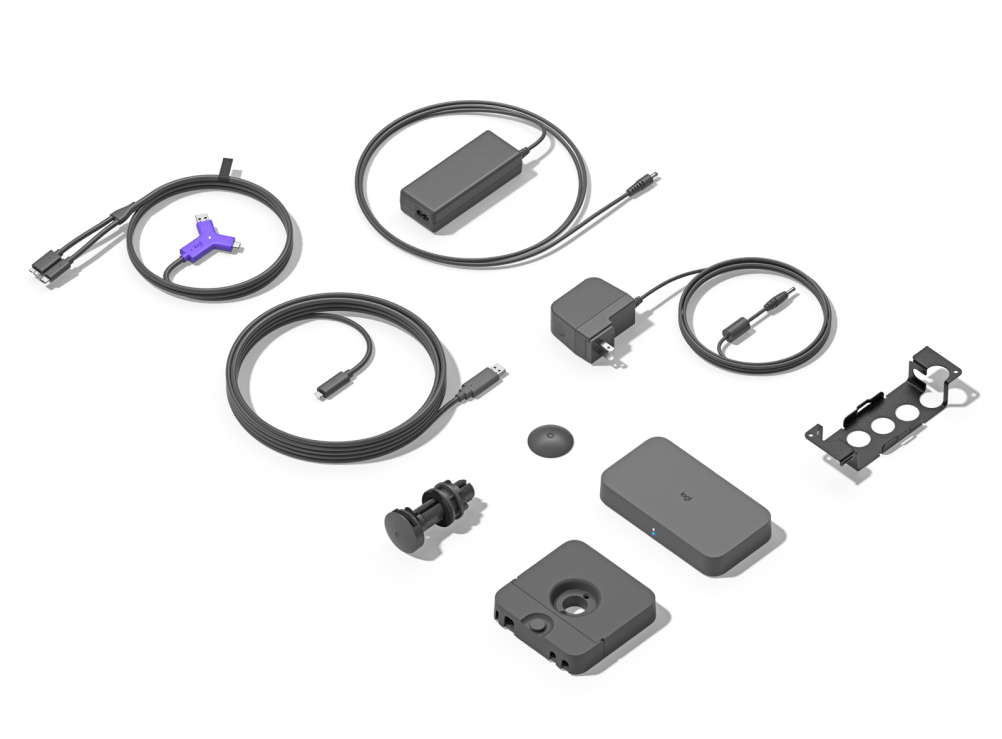
Logitech Swytch
Connect a laptop to a room system's AV equiqment for use with any video meeting or webinar
YOU MAY ALSO BE INTERESTED IN
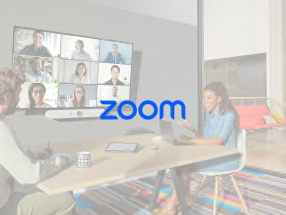
Ebook: Reimagining Workspaces with Zoom and Logitech

Article: Insights from Companies Building Flexible Offices

Infographic: Making Room for Success

Frost & Sullivan Evaluates Rally Bar For BYOD Meeting Rooms
VIDEO CONFERENCING FOR EVERY SPACE
Find out more about how Logitech video conferencing products perform in a business environment.